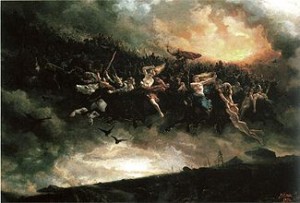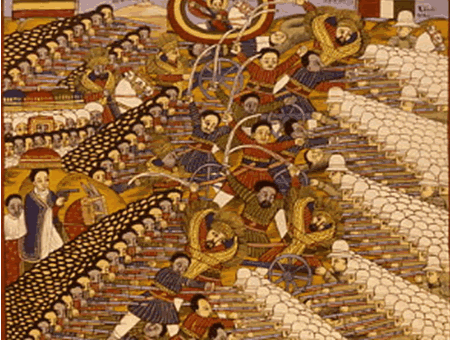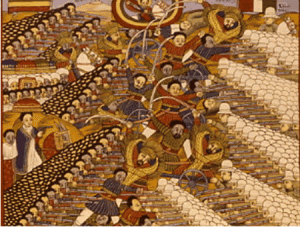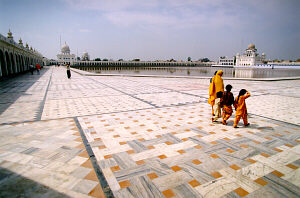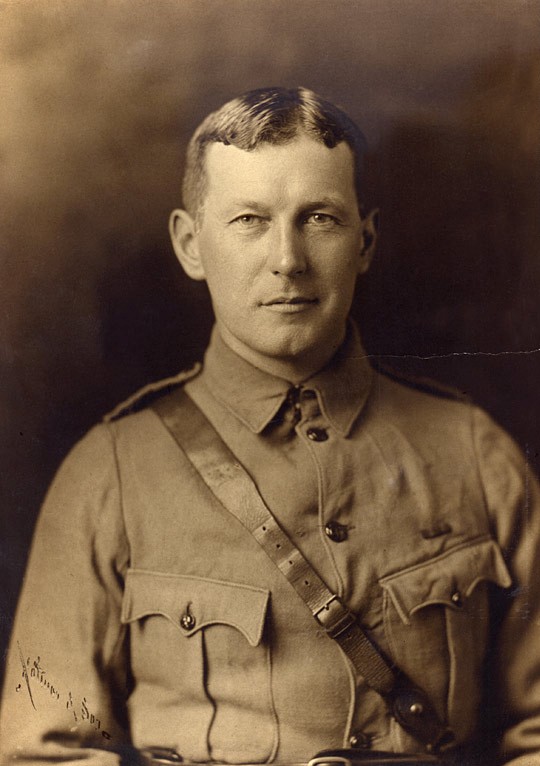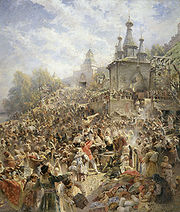June 8
Happy Lindisfarne!
Lindisfarne is a small island in the northeast of England—also known as Holy Island—that houses a small castle and monastery. The “island” is actually connected to the mainland by a small strip of land that is revealed by the changing tide twice a day…
But in the Asatru tradition, Lindisfarne Day is a holiday celebrating what is generally conceived to be the beginning of the Viking Era, on June 8th, 793 AD.
On that day three Viking ships landed on Lindisfarne and a bunch of Norsemen sacked a Christian monastery there.
As the English monk Alcuin described,
“Never before has such terror appeared in Britain as we have now suffered from a pagan race. . . .The heathens poured out the blood of saints around the altar, and trampled on the bodies of saints in the temple of God, like dung in the streets.”
No, it doesn’t sound like an event to base a holiday around. Some neo-pagan chronicles have tried to ascribe positive motives to the perpetrators such as revenge killings, but it was a rather bloody affair in which innocent and defenseless monks were slaughtered for loot. As one modern-day party-pooper explains, “I won’t be celebrating Lindisfarne, which was more the equivalent of a botched 7-11 robbery than heroism.”

Lindisfarne is a small island in the northeast of England—also known as Holy Island—that houses a small castle and monastery. The “island” is actually connected to the mainland by a small strip of land that is revealed by the changing tide twice a day.
But in the Asatru tradition, Lindisfarne is a holiday celebrating what is generally recognized as the beginning of the Viking Era: June 8th, 793 AD.
On that day three Norse ships landed on Lindisfarne and a bunch of Vikings sacked a Christian monastery there, “a place more venerable than all in Britain,” according to the English monk Alcuin…
“Never before has such terror appeared in Britain as we have now suffered from a pagan race. . . .The heathens poured out the blood of saints around the altar, and trampled on the bodies of saints in the temple of God, like dung in the streets.” — Alcuin, letter to Elthelred, King of Northumbria
No, it doesn’t sound like an event to base a holiday around. Some neo-pagan chronicles have tried to ascribe positive motives to the perpetrators such as revenge killings, but it was a rather bloody affair in which innocent and defenseless monks were slaughtered for loot. As one modern-day party-pooper explains,
“I won’t be celebrating Lindisfarne, which was more the equivalent of a botched 7-11 robbery than heroism.” (mombu.com religion forum)
